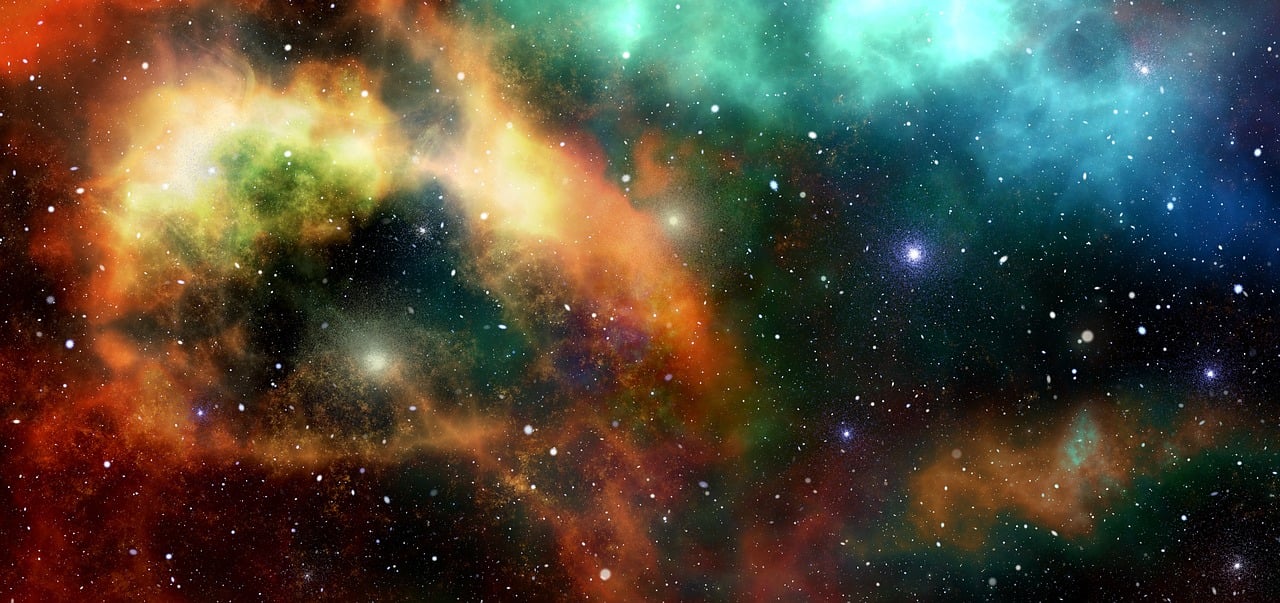In March 2018, a group of researchers announced a baffling discovery of a galaxy without a trace of mysterious dark matter, which perplexed the scientists. Now, a study led by researchers at the Instituto de Astrofísica de Canarias (IAC) have solved the mystery of the galaxy without dark matter.
Dark energy makes up about 68% of the universe while consisting of about 27% of dark matter. That said, the galaxy without dark matter is nearly impossible to understand or explain using the laws of physics and the current theory of galaxy formation. Dark matter is responsible for collapsing the gas to form stars. Last year’s study highlighted a galaxy without dark matter located 63 million light-years away from the Milky Way. They named it NGC1052-DF2, and it’s an elliptical galaxy.
Last year’s study sparked a lot of curiosity in scientists, as they couldn’t explain why it happened. There are several theories as to how dark matter works, one suggesting that it’s just an illusion that scientists make because gravity is extremely challenging to understand, especially when observed against something as massive as the universe. But, this new study may show the opposite.
Now a study published in the journal Monthly Notices of the Royal Astronomical Society (MNRAS) explains the mystery of the galaxy without dark matter with a separate set of observations.
Researchers were confused by the parameters that depended on the distance of the galaxy and different anomalies. That’s why they revised the distance indicators using five different methods which can determine the distance of the object. All of the methods coincided in the conclusion that the studied galaxy is located much closer compared to the value that was shown in the previous study.
That opposes the previous estimates of 64 million light-years away, suggesting that the galaxy is in fact around 42 million light-years away from our Milky Way. The new results also brought the parameters of the galaxy that differed to become normal, fitting the different observing trends that were traced by the galaxies with similar properties.
The new distance analysis also shed light on the mystery of the galaxy without matter, suggesting that this galaxy measures one-half of the mass that was estimated with the previous study. Additionally, the mass of the stars that it hosts is about one-quarter the previously estimated mass. That leads to another conclusion, that a great part of the total mass of the elliptical galaxy must in turn consist of dark matter. This study, not only solves this mystery, but also shows the importance of correct measurements when it comes to measuring galaxies at such a distance. It’s no secret that this endeavor has always been extremely important when it comes to objects located so far away.





